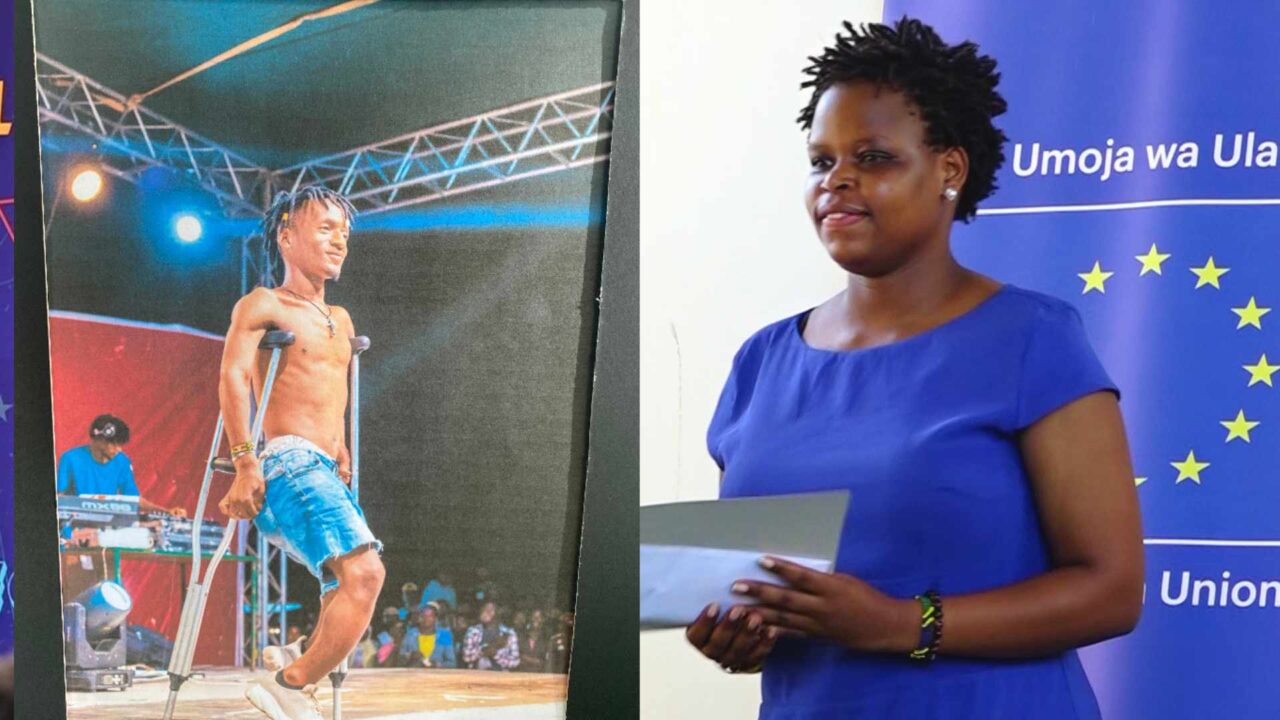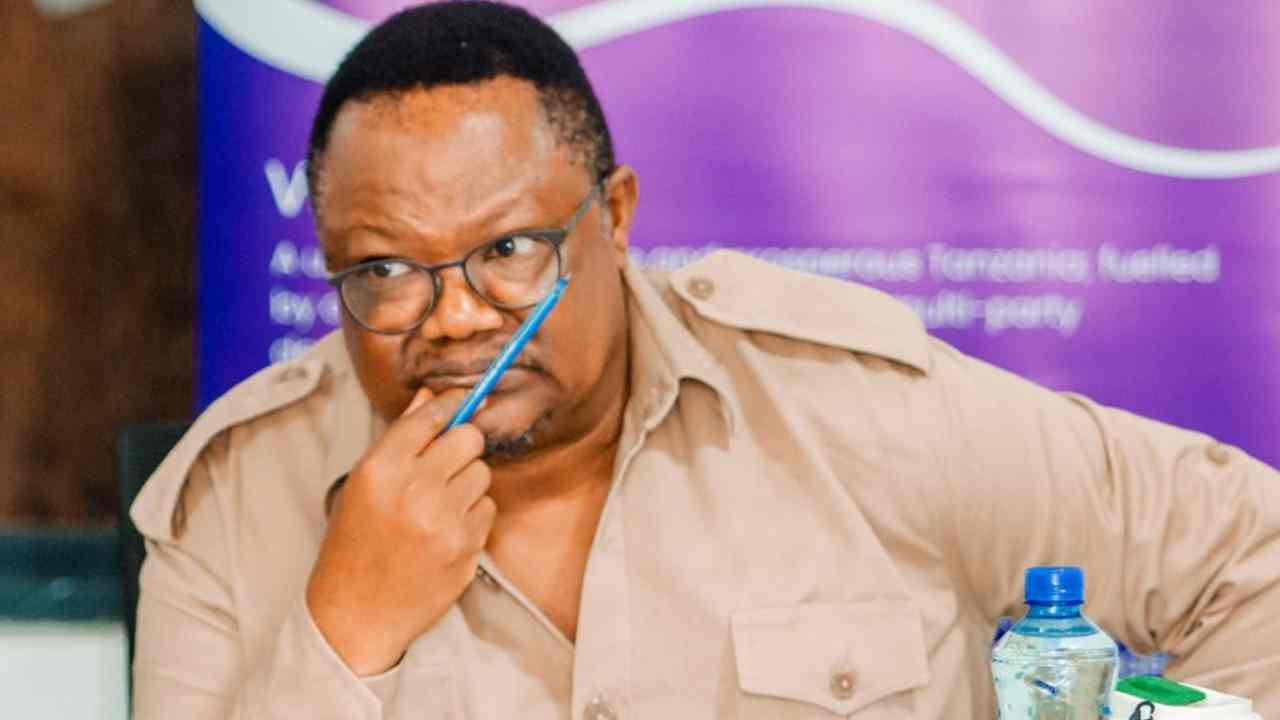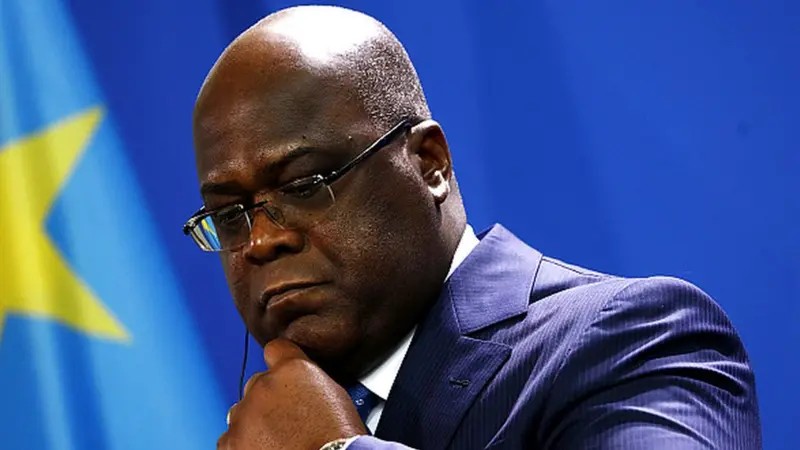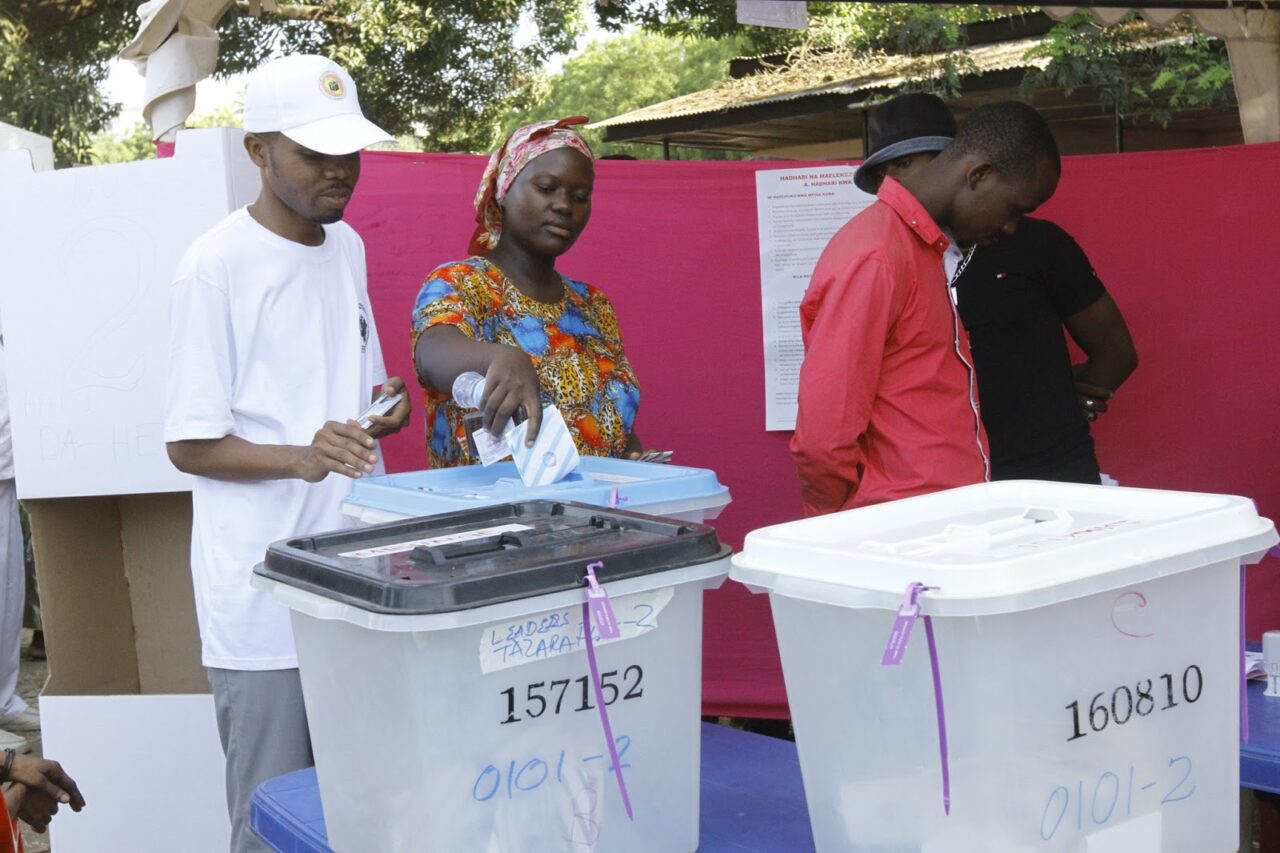Dar es Salaam. A total of six young artists were on Thursday, December 14, 2023, awarded prizes after emerging winners in an art competition that sought young artists to highlight some critical human rights issues that Tanzanian authorities need to address.
Organised by a local contemporary art centre, Nafasi Art Space, to commemorate the 75th anniversary of the Universal Declaration of Human Rights, the competition called on young visual artists aged between 12 and 25 who work in painting, illustration, and digital art to present their works that highlight the importance of defending human rights.
With support from the European Union Delegation to Tanzania, the competition attracted hundreds of participants from across the country, leading to the selection of the six winners, who were presented with their prizes and certificates at a function held at Nafasi’s office in Mikoceni, Dar es Salaam.
In the group of young people aged between 12 and 17, Sanvi Ganatra, whose picture highlighted freedom of expression, emerged as the first winner in the competition. Paolina Albertini and Karissa David Msengi emerged as the second and third winners.
In the group of young people aged between 17 and 25, Rebeca Mungo, whose picture showed a happy dancing disabled man supported by stretching sticks, emerged as the first winner, followed by Vincent Shayo and Peter Simon Aloyce.
Easy to understand
Shortly after handing the prizes to the winners, Nafasi’s Executive Director Lilian Mushi said that apart from commemorating the Universal Declaration of Human Rights, the competition also served as the centre’s participation in the global campaign against gender-based violence.
READ MORE: Artists in Tanzania Demand Creative Freedom: ‘We’re Being Censored’
Ms Mushi said they decided to use an art competition to remind the community about human rights issues, and they deliberately targeted young people as they’re the leading group that Nafasi has been working with since its founding in 2008.
“It is very easy to understand art; anyone can express it,” Ms Mushi told The Chanzo during an interview in a room where the artists’ photos were displayed on a wall. “Human rights is not an easy subject, but through art, first, it is easy to express for the kids.”
She said it is very easy for kids to understand art, making it an ideal tool to talk about such complex issues as human rights, as it becomes very easy for children to get the message directly.
“Also, for the viewers such as myself and you who are in the gallery right now, you’re looking at it, and it is very easy to get what they are talking about,” Ms Mushi added. “Through drawings, through such expressions, that’s why we use art.”
Human rights matters
On her part, the Head of the European Delegation to Tanzania, Christine Grau, told The Chanzo that they supported the competition as it aligns with the delegation’s strategy to ensure that human rights are recognised and respected worldwide.
READ MORE: Joseph Oleshangay: Winner of Weimar Human Rights Prize Shares Future of His Activism
Ms Grau, who assumed the role in September this year, said that the Universal Declaration of Human Rights is significant, and the EU has been trying to defend human rights everywhere when it is possible to do so.
“But as you can see from these wonderful pictures, there are many different rights. They are universal and accepted by so many nations as a basis for living together,” Ms Grau said, pointing to the wall full of photos by artists.
“If you look at some of those pictures here, you can also see how the young people are impacted by things happening in the world, how they express themselves, and how they are attracted to live their life in freedom and based on human rights,” she added.
Grateful
Speaking with The Chanzo on the sidelines of the event on Thursday, the young artists expressed their gratitude to Nafasi Art Space and the European Union (EU) for organising the competition and targeting the youth, saying it provided them with the platform to express themselves and showcase their talents.
Ms Mungo, whose photo of a happy dancing disabled man emerged as the first winner in the competition, told The Chanzo that her victory motivates her to continue to be creative and passionate about issues concerning the most vulnerable people in her community.

READ MORE: GBV ‘A Big Threat’ To Women’s Rights in Tanzania, LHRC Reports
“My photos were about happiness. Happy in what sense? For people with special problems such as the disabled and people with other forms of disability,” she said. “My photo intended to show that no matter the circumstances, people can still choose to be happy, as my subject in the photo shows.”
On his part, Shayo, whose photo highlighted the lack of freedom of expression in Tanzania, said that he wanted to bring to people’s attention the inability many people go through to experience things and still be unable to talk about them, which he said was prevalent during the previous administration.
“Three or four years ago, no one was talking about issues that were affecting them, things that were hurting them because it was unsafe to do so,” Shayo said. “Therefore, I wanted to convey this through the human rights art competition because it is also a human right to convey this message through art.”
Lukelo Francis is The Chanzo’s journalist from Dar es Salaam. He is available at lukelo@thechanzo.com.





2 responses